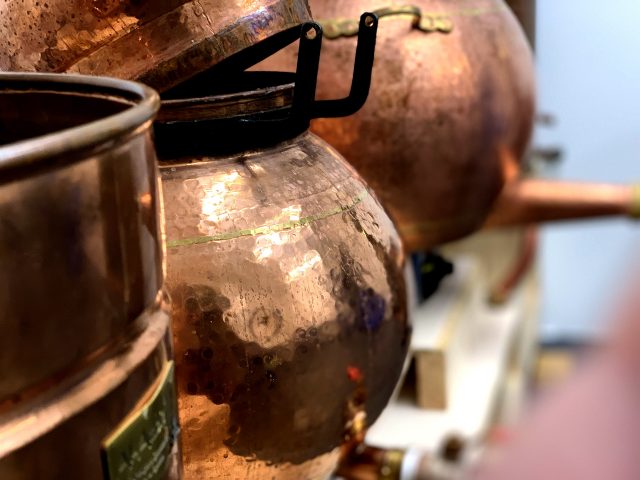Ever thought about running your own gin distillery?
With new gin distilleries popping up all over Scotland, it seems like setting up your own gin production business is an easy task. But what is really involved? In this guest article, John Hannen from the energy supplier, Flogas talks us through the practicalities.
Gin has become pretty popular in recent years, right?
In fact, it’s estimated that in 2018, the UK bought over 66 million bottles of the juniper-based drink. And the total number of gin distilleries in the UK has now reached 315, more than double the number there was six years ago.
But, with a history dating back centuries, what has been the catalyst behind the spirit’s recent boom? And with energy costs a major concern for most businesses, how can budding entrepreneurs capitalise on this lucrative but energy-intensive process – especially in off-grid locations? Here, energy provider Flogas offers some industry insights for aspiring gin distillers.
Just how did gin become so popular?
To understand how to be successful with gin, it’s important to understand what brought consumers back to the drink to begin with. For this we must travel back to the early noughties and the rise of ‘cocktail culture’. As bartenders began experimenting with different flavours and recipes, gin – a spirit known for its versatility – took centre stage.
Over time, consumers palettes became increasingly discerning. The focus on the process and the quality of ingredients became more important than ever. When combined, these factors created the perfect storm for the advent of the ‘ginaissance’.
Other influences have also contributed to gin businesses’ meteoric rise. Up until 2008, the Gin Act (which outlawed small scale-gin distilleries in London) was still in operation. After a lengthy legal battle with HMRC, the law was repealed. This paved the way for craft distilleries to begin trading their own unique brands of artisan gin.
How difficult is it to launch your own gin brand?
With less red tape restricting gin distilleries from flourishing, it’s no surprise that since then, UK gin exports have risen by over 32%. But despite the drink’s success, launching a successful gin brand is still no easy feat – especially given that competition is growing year on year and worries about finding a safe and sufficient energy supply can make it difficult for businesses to get off the ground.
Whilst there’s little than can be done to prevent competitor growth, there are ways to maximise profits:
- Do your homework!
It’s important to do your homework before you start any business (and even when you’ve been going a while). In such a rapidly growing industry, it’s vital you keep up to date with market developments. Not only will this give you an insightful ongoing business advantage, but it can also help you recognise niche or growth opportunities in advance – giving you the edge on the competition.
- Getting the right location is key
You’ll need space to set up your brewing equipment and store your finished product, so when launching a distillery you should look for a unit with a sizeable area. Renting the right premises in convenient locations can be costly. As a result, emerging distilleries tend to look for more remote spaces, with better availability and cheaper rent. Off-grid locations are popular – so distillers often need to find reliable, alternative energy resources to ensure that batch production is as efficient as possible.
- It’s all about the recipe …
Whether it’s a London dry gin, Dutch gin, Holland gin or even a flavoured gin liqueur, decide on the type of gin you want to produce in advance. Generally speaking, craft gin distilleries tend to use a ‘distilled’ or ‘one shot’ method. This is typically more hands-on, as it requires the manual adding of botanical ingredients over time.
It can also be more time consuming and energy intensive, needing various ‘stills’ to match what larger distilleries could produce in one batch. But, as more time and attention has gone into the final product, it’s likely to have a superior flavour.
- You’ll need energy!
If you’re opening an off-grid distillery – especially one currently relying on oil – LPG (liquefied petroleum gas) could provide a dependable, cost-effect energy supply that allows you to brew on demand. Not only is LPG a cleaner, economical and more efficient fuel, but it also has the lowest CO2 emissions of any fossil fuel – lowering your distillery’s carbon footprint.
LPG is available in cylinder form (for small-scale use) or via bulk LPG gas tanks, ideal for energy-intensive off-grid businesses.

